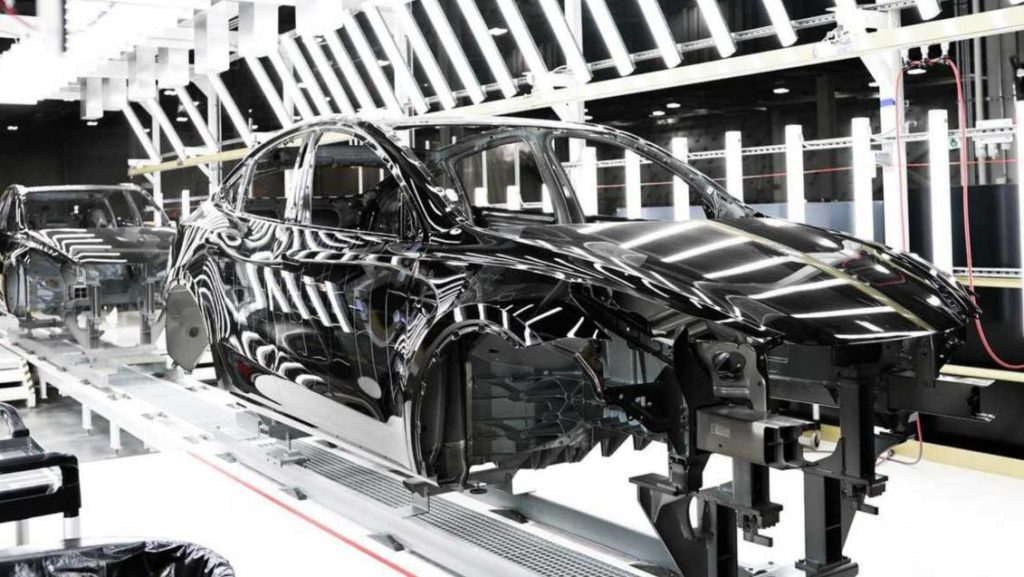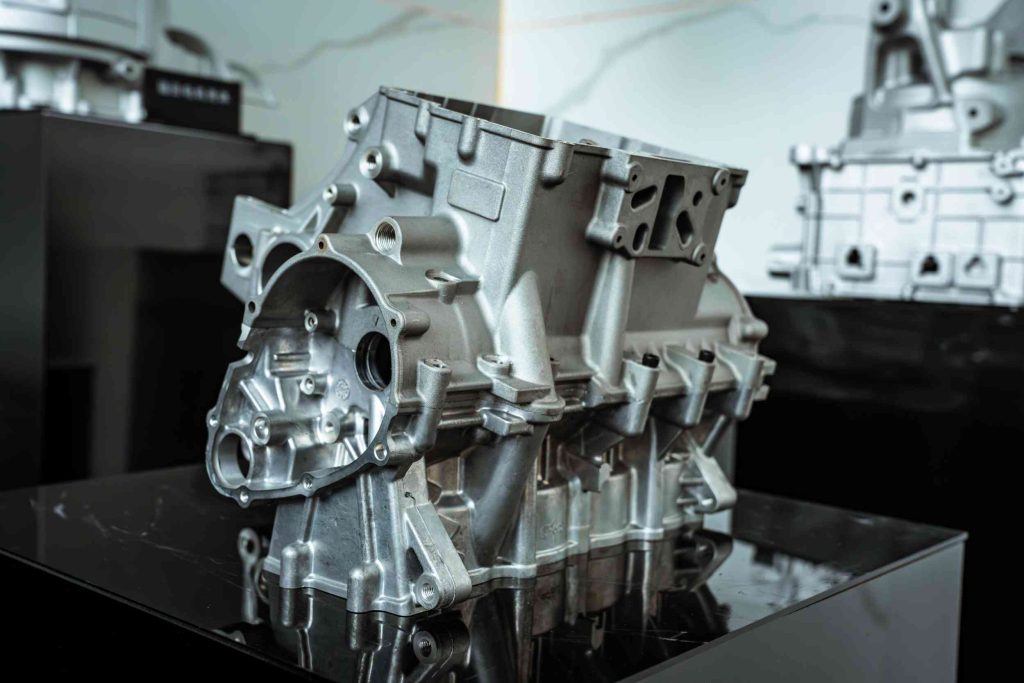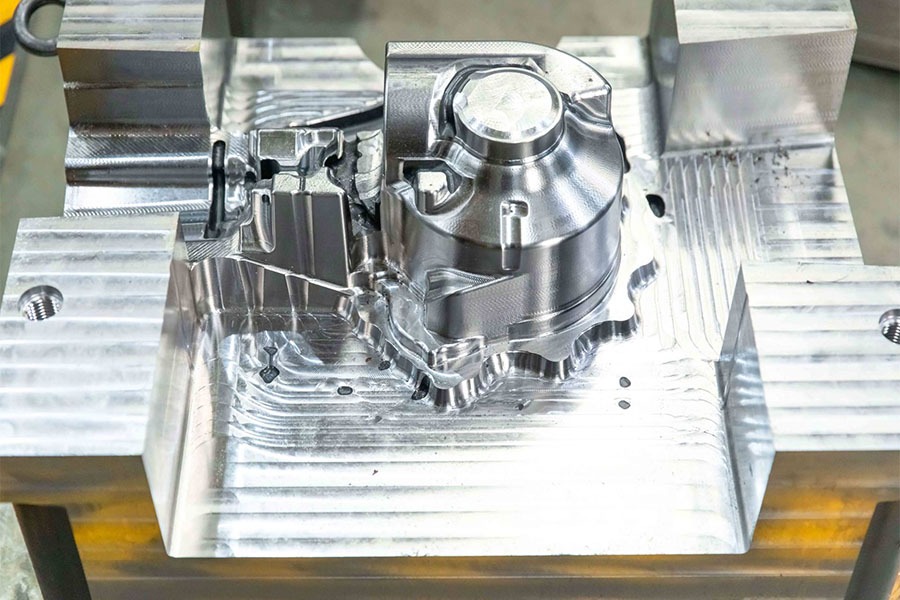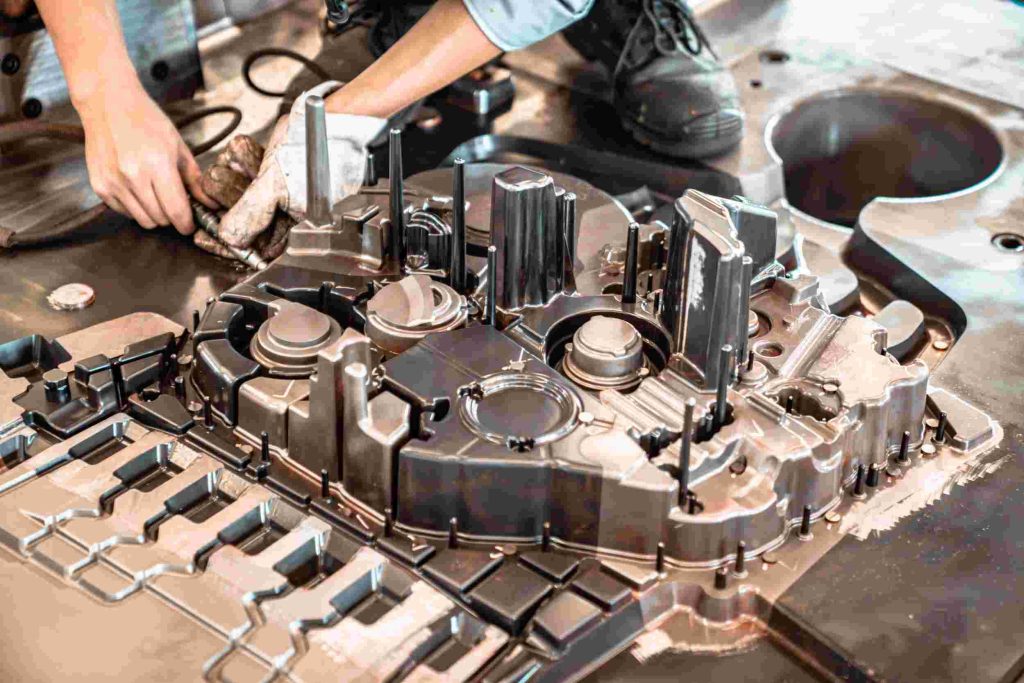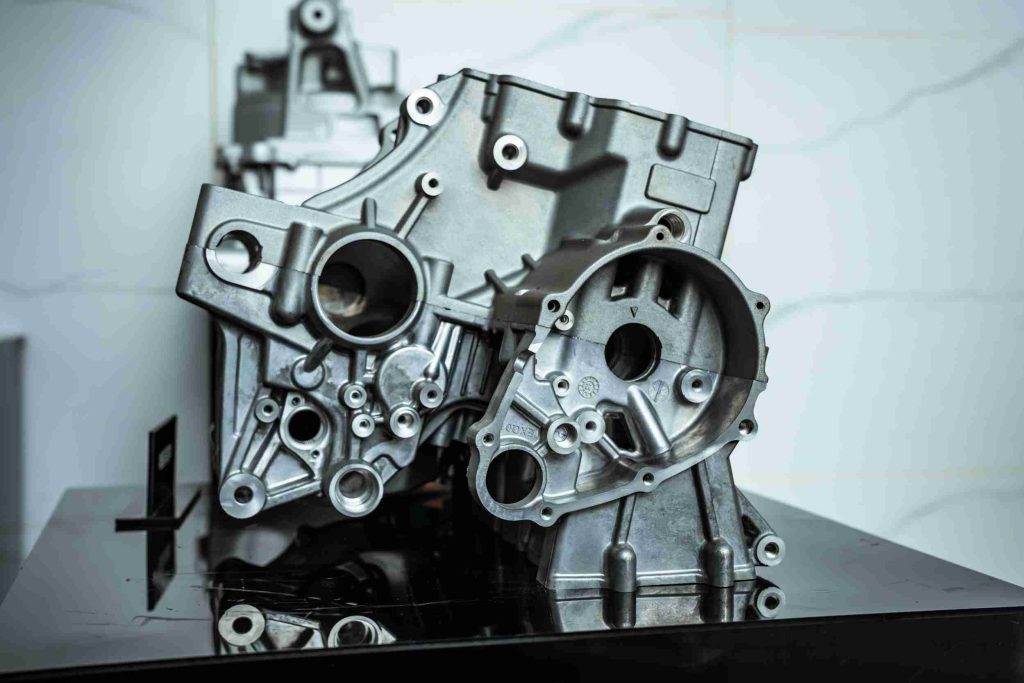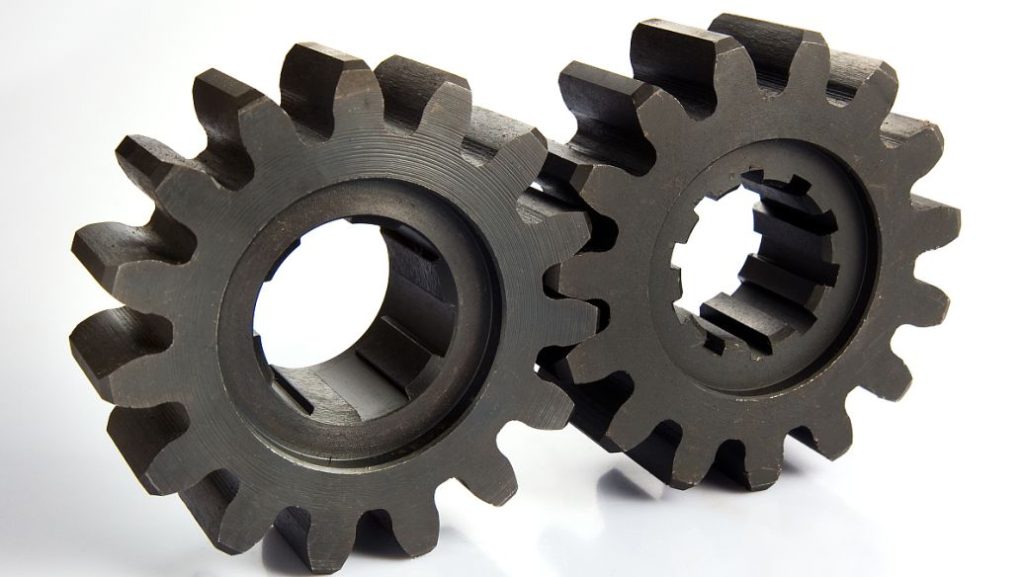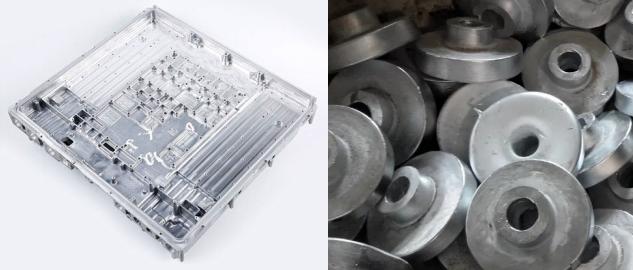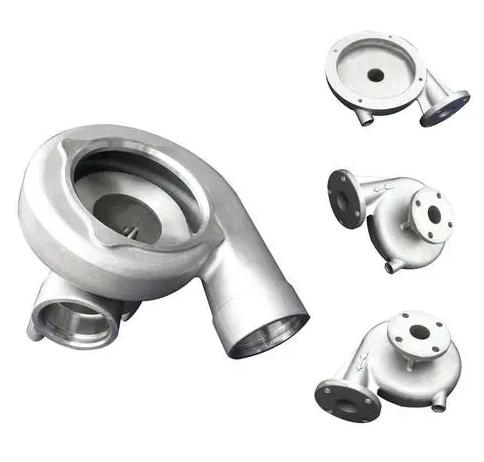Die casting is a manufacturing process where molten metal is injected under high pressure into a reusable mold, or die. This process allows for the mass production of complex, net-shape metal parts with excellent dimensional accuracy and surface finish. The key advantages of die casting include its ability to create intricate designs, its speed, and the consistent quality of the finished parts.
This article will focus on comparing die casting using three common alloy types: Aluminum (Al), Zinc (Zn), and Magnesium (Mg). While all three are suitable for die casting, each possesses unique properties that make it advantageous for specific applications. We will explore the key differences among these alloys, including their mechanical properties (like strength and ductility), physical properties (like density and corrosion resistance), cost considerations, and ultimately, which alloy is best suited for various uses.

Properties of Aluminum Alloys for Die Casting
Aluminum alloys are a popular choice for die casting due to their versatile combination of properties. Generally, aluminum die casting alloys offer a good balance of strength, lightweightness, and castability. They are readily available and relatively cost-effective compared to some other metals.
Key Properties:
- Strength and Ductility: Aluminum alloys used in die casting offer moderate to high strength, depending on the specific alloy. Ductility, the ability to deform without fracturing, varies but is generally good enough for many applications.
- Corrosion Resistance: Aluminum naturally forms a protective oxide layer, providing good corrosion resistance in many environments. However, specific alloys and surface treatments can further enhance this property.
- Thermal Conductivity: Aluminum possesses excellent thermal conductivity, making it suitable for applications where heat dissipation is important.
- Weight: Aluminum is a lightweight metal, a significant advantage in applications where weight reduction is crucial, such as in the automotive and aerospace industries.
- Castability: Aluminum alloys exhibit good castability, meaning they flow easily into complex die cavities, allowing for the production of intricate shapes.
Commonly Used Al Alloys:
Several aluminum alloys are commonly used in die casting, each with its own specific characteristics and applications:
- A380: This is one of the most widely used aluminum die casting alloys. It offers a good balance of properties, including strength, castability, and cost-effectiveness. A380 is often used for automotive parts, electrical housings, and hand tools.
- A383: Similar to A380, A383 offers improved die filling characteristics, making it suitable for more complex and thinner-walled castings. It finds applications in similar areas as A380.
- Other common alloys include A360 (for better corrosion resistance) and A413 (for improved castability).
Advantages of Using Al Alloys:
- Lightweight, contributing to fuel efficiency and portability.
- Good balance of strength and ductility.
- Excellent thermal conductivity.
- Good corrosion resistance.
- Relatively easy to cast and machine.
- Widely available and cost-effective.
Disadvantages of Using Al Alloys:
- Lower strength compared to some other die casting alloys (like zinc or certain steels).
- Can be susceptible to creep at elevated temperatures.
- Some alloys may have lower corrosion resistance in harsh environments.

Properties of Zinc Alloys for Die Casting
Zinc die casting alloys are known for their ease of casting, allowing for intricate designs and thin walls. They exhibit good dimensional stability, meaning they retain their shape well over time.
Key Properties:
- Strength and Hardness: Zinc alloys offer high strength and hardness, often exceeding that of aluminum alloys. This makes them suitable for parts that require durability and resistance to wear.
- Dimensional Stability: Zinc castings exhibit excellent dimensional stability, maintaining their shape and size even under varying temperatures and loads. This is crucial for precision parts.
- Castability: Zinc alloys possess exceptional castability, flowing easily into complex die cavities and allowing for the production of intricate and thin-walled castings. This is a significant advantage over many other metals.
- Surface Finish: Zinc die castings typically have a smooth surface finish, which can be further enhanced by plating or painting. This is beneficial for decorative applications.
- Cost: Zinc alloys are generally less expensive than aluminum alloys, making them an economical choice for high-volume production.
Commonly Used Zn Alloys:
The most common zinc die casting alloys are known as Zamak alloys (an acronym derived from the initial letters of the constituent metals: Zinc, Aluminum, Magnesium, and Copper). Several Zamak alloys exist, each with slightly different properties:
- Zamak 2, 3, 5, and 7: These are the most widely used Zamak alloys, with Zamak 3 being the most common. They offer a good balance of properties, including strength, ductility, and castability. They are used in a wide range of applications, including hardware, automotive parts, electrical components, and decorative items.
Advantages of Using Zn Alloys:
- Excellent castability, enabling complex shapes and thin walls.
- High strength and hardness.
- Good dimensional stability.
- Smooth surface finish.
- Relatively low cost compared to aluminum.
- Easy to plate or paint.
Disadvantages of Using Zn Alloys:
- Higher density (and therefore heavier) than aluminum.
- Lower corrosion resistance compared to some aluminum alloys, although this can be improved with coatings.
- Susceptible to creep at elevated temperatures.
- Not suitable for high-temperature applications.

Properties of Magnesium Alloys for Die Casting
Magnesium die casting alloys are known for their exceptional lightness, good castability, and excellent damping capacity. They are often chosen for structural components where weight reduction is paramount.
Key Properties:
- Lightweight: Magnesium is the lightest structural metal, making its alloys ideal for applications where weight is a primary concern. This is a major driver for their use in automotive, aerospace, and portable electronics.
- High Strength-to-Weight Ratio: Magnesium alloys offer a high strength-to-weight ratio, meaning they can provide significant structural integrity with minimal weight.
- Damping Capacity: Magnesium has excellent damping capacity, meaning it can absorb vibrations and reduce noise. This makes it suitable for applications where vibration control is important.
- Machinability: Magnesium alloys are readily machinable, allowing for easy post-casting processing.
Commonly Used Mg Alloys:
- AZ91D: This is one of the most commonly used magnesium die casting alloys. It offers a good balance of strength, castability, and corrosion resistance. AZ91D is used in a variety of applications, including automotive parts, electronics housings, and handheld devices.
- Other common magnesium die casting alloys include AM60B (for high ductility) and AS41A (for high-temperature strength).
Advantages of Using Mg Alloys:
- Extremely lightweight.
- High strength-to-weight ratio.
- Excellent damping capacity.
- Good machinability.
- Good castability.
Disadvantages of Using Mg Alloys:
- Flammability: Magnesium can be flammable in finely divided form or at high temperatures. However, this concern is significantly mitigated in die casting due to the solid form of the castings and the use of modern die casting techniques. Proper handling and processing procedures are essential. Alloying also reduces flammability.
- Lower corrosion resistance compared to aluminum or zinc, although this can be improved with coatings and surface treatments.
- Generally more expensive than aluminum.

Comparison of Al, Zn, and Mg Die Casting Alloys
| Property | Aluminum Alloys | Zinc Alloys | Magnesium Alloys |
| Density | Medium | High | Low |
| Strength | Moderate to High | High | Moderate to High |
| Ductility | Moderate | Moderate | Moderate |
| Corrosion Resistance | Good | Fair | Fair |
| Castability | Good | Excellent | Good |
| Surface Finish | Good | Excellent | Good |
| Cost | Medium | Low | High |
| Weight | Lightweight | Heavy Good | Excellent |
| Machinability | Good | Good | Excellent |
Applications of Each Alloy in Die Casting
| Alloy Type | Application Examples | Industries Served |
| Aluminum | Automotive parts (engine blocks, transmission housings, wheels), Electronics housings, Power tools, Appliances, Lighting fixtures, Outdoor furniture, Bicycle components | Automotive, Electronics, Consumer Goods, Lighting, Outdoor Equipment, Sporting Goods |
| Zinc | Hardware (locks, handles, hinges), Decorative items, Toys, Carburetors, Fuel pumps, Electrical connectors, Zipper sliders, Plumbing fixtures | Hardware, Consumer Goods, Automotive, Electrical, Plumbing |
| Magnesium | Automotive components (gearbox casings, instrument panels, seat frames), Aerospace parts, Handheld devices (laptops, cameras), Power tools, Luggage frames, Medical devices | Automotive, Aerospace, Electronics, Consumer Goods, Medical |
If you need the first-class die casting service, please let JTR be your first choice.


